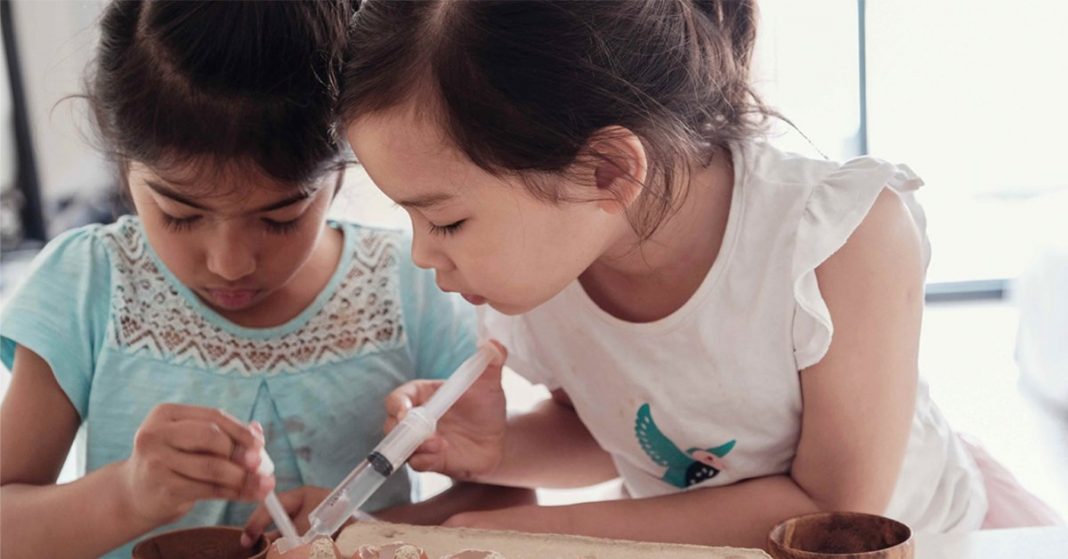- 1. Nature Walks and Environmental Exploration
- 2. Cooking and Baking Projects
- 3. Arts and Crafts
- 4. Building and Construction Activities
- 5. Role-playing and Drama
- 6. Community Service and Volunteering
- 7. Interactive Science Experiments
- 8. Gardening Projects
- 9. Money Management Exercises
- 10. Historical Reenactments
Learning isn’t just about memorizing facts and figures; it’s a journey that shapes how our children understand and interact with the world. How kids learn can be just as crucial as what they learn. That’s where experiential learning comes into play. Unlike traditional learning methods that often focus on theory and rote memorization, experiential learning emphasizes real-world, hands-on experiences. It’s about learning by doing and reflecting.
Math & ELA | PreK To Grade 5
Kids see fun.
You see real learning outcomes.
Watch your kids fall in love with math & reading through our scientifically designed curriculum.
Parents, try for free Teachers, use for free
In this blog, we’ll dive into the experiential learning model for kids. We’ll explore what it is, its numerous benefits and provide practical tips on incorporating experiential learning activities into everyday life. Plus, we’ll share ten real-life examples to illustrate how experiential learning can be fun and educational.
To bring experiential learning to life for your child, discover SplashLearn’s interactive learning platform.
What is Experiential Learning?
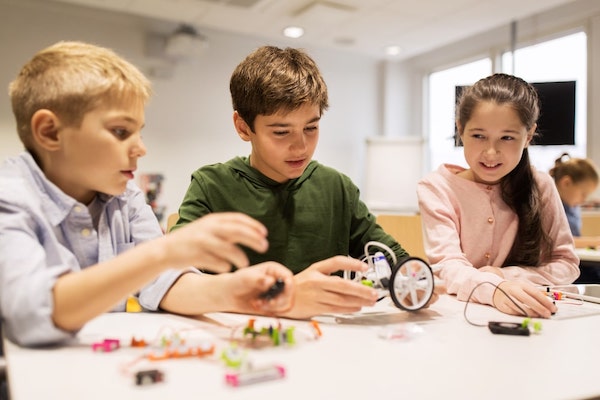
Experiential learning is a method where learners gain knowledge and skills through direct experiences. It’s not just about reading or hearing about something; it’s about being in the thick of it, doing, and then reflecting on those experiences. This approach aligns with the experiential learning theory, which emphasizes that learning is most effective when it’s active and involves emotional, physical, and intellectual engagement.
Historical Background or Theoretical Basis
The concept of experiential learning has deep roots, with its principles echoing the ideas of educational theorists like John Dewey, Jean Piaget, and Kurt Lewin. Central to this theory is the belief that learning is a process where knowledge is created through the transformation of experience. This theory contrasts sharply with traditional educational models, which often prioritize the passive transfer of information from teacher to student.
3 Key Components of Experiential Learning
- Engagement: Learners are actively involved in the experience.
- Reflection: Learners analyze and reflect on the experience to derive meaning.
- Application: Learners apply their new knowledge and skills in real-world situations.
See how SplashLearn incorporates engagement, reflection, and application in its learning modules.
How It Differs from Traditional Learning Methods
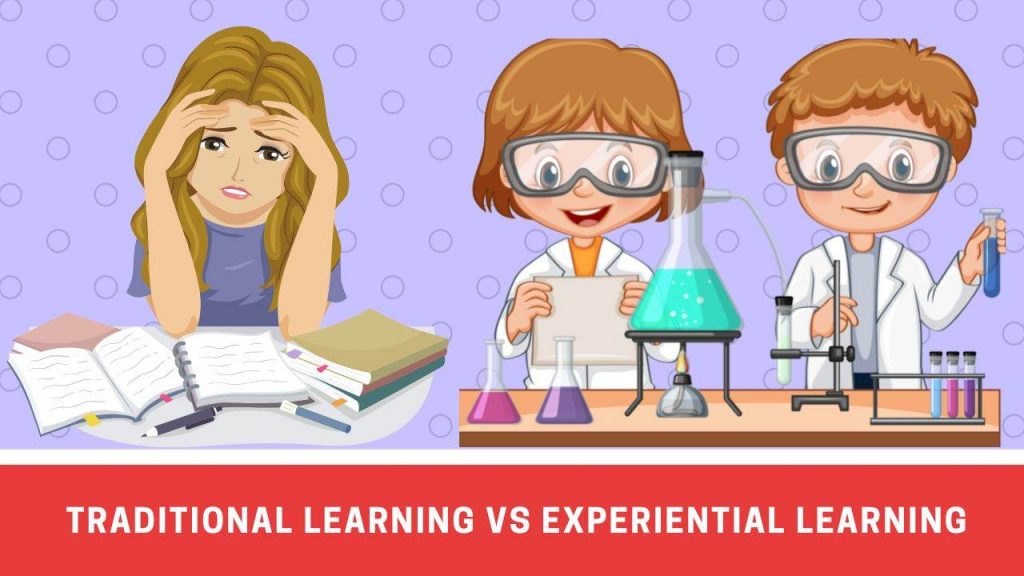
Traditional learning often focuses on memorization and passive learning from textbooks and lectures. In contrast, experiential learning is dynamic and learner-centered. It’s about ‘learning by doing’ and then thinking about what you did, how you did it, and how it can be applied in various contexts. This method makes learning more engaging and enjoyable and ensures that the lessons stick.
Related Reading: Best Tips for Creating a Healthy Student-Centered Learning Environment
How to Start Using Experiential Learning Activities
Integrating experiential learning into a child’s daily life can be both fun and rewarding. Here are some tips for parents and educators looking to get started:
1. Tips for Integrating Experiential Learning
Start Small: Begin with simple, hands-on activities that relate to everyday life. This could be as basic as a cooking project or a nature walk.
Involve Children in Planning: Let kids have a say in what they want to explore. This increases their engagement and sense of ownership.
Use Available Resources: Utilize everyday items and local environments. Learning doesn’t always need special tools or settings.
2. Creating a Conducive Environment
Safe Space for Exploration: Ensure the learning environment is safe and welcoming, where kids feel free to experiment and make mistakes.
Variety of Materials: Provide diverse materials to stimulate different senses and types of learning.
Display of Work: Showcasing children’s projects and experiments can boost their confidence and sense of achievement.
3. Balancing Guidance and Freedom
Set Clear Objectives: While it’s important to give children freedom, having clear goals helps keep activities focused and meaningful.
Be a Facilitator, Not Just a Teacher: Guide and support rather than direct. Ask open-ended questions to encourage thinking and exploration.
Allow for Flexibility: Be ready to adapt the activity based on the child’s response and interest.
4. Adapting to Different Learning Styles and Needs
Observe and Adapt: Each child is unique. Tailor activities to suit different learning styles, whether they’re visual, auditory, kinesthetic, or a mix.
Incorporate Technology Thoughtfully: Use digital tools and apps to enhance the experiential learning experience, especially for tech-savvy learners.
Inclusive Activities: Ensure activities are accessible and inclusive for children with different abilities and needs.
By incorporating these strategies, parents and educators can effectively implement experiential learning activities, making learning a dynamic, engaging, and personalized experience for every child.
10 Practical Examples of Experiential Learning For Kids from Day-to-Day Life
Here are some engaging examples of experiential learning activities for students, each offering valuable life lessons and skills:
1. Nature Walks and Environmental Exploration
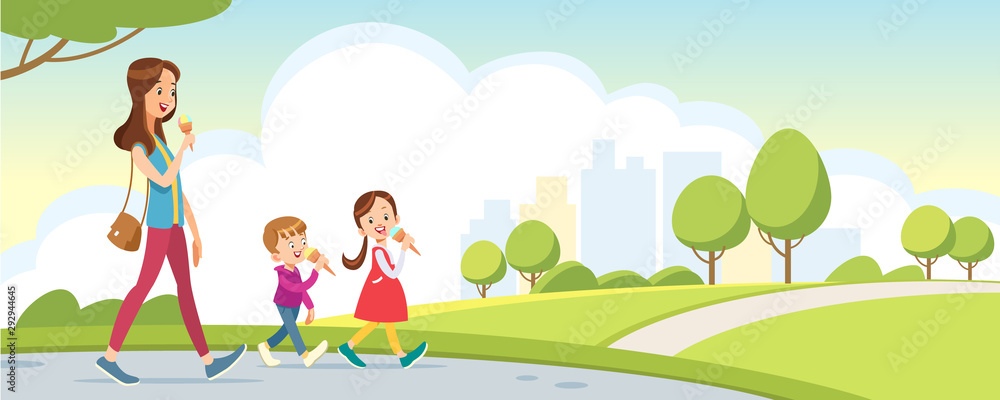
During nature walks, students can engage in identifying and cataloging various plants, insects, and birds. This activity enhances their observational skills and introduces them to the diversity of local flora and fauna. Discussions can include the significance of each species in the ecosystem, the broader concept of biodiversity, and the critical need for environmental conservation. This real-world interaction with nature helps instill a sense of responsibility toward environmental stewardship.
2. Cooking and Baking Projects
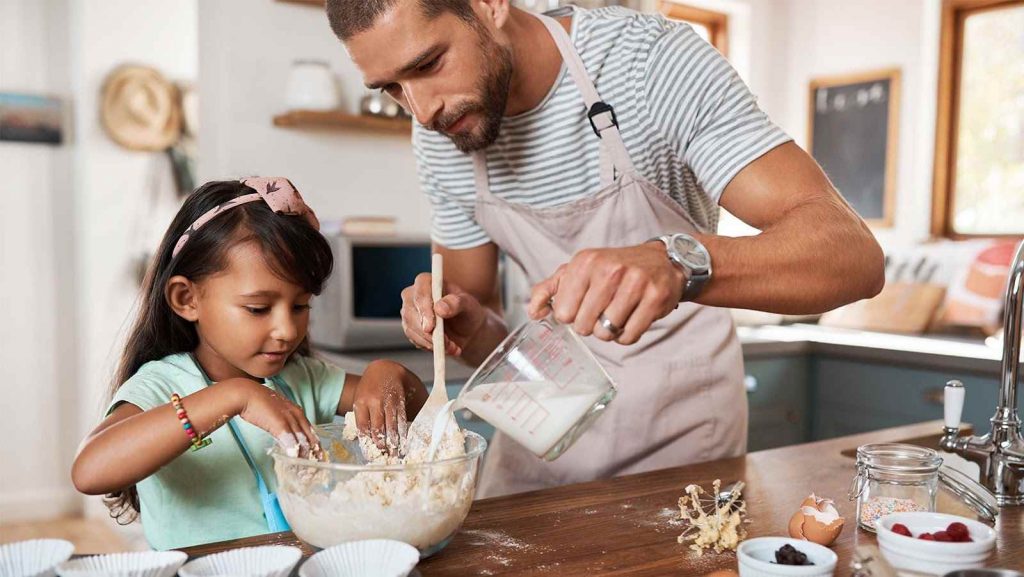
Following a recipe to bake a cake or cook a meal teaches precision in measuring ingredients and understanding their unique roles. Students learn the science behind cooking, such as how heat affects different ingredients and causes chemical reactions. This activity also introduces basic nutritional concepts and the importance of following instructions. It’s a practical lesson in patience, timing, and the joy of sharing a self-made meal.
Related Reading: Best Hands-On Measurement Activities for Kids
3. Arts and Crafts
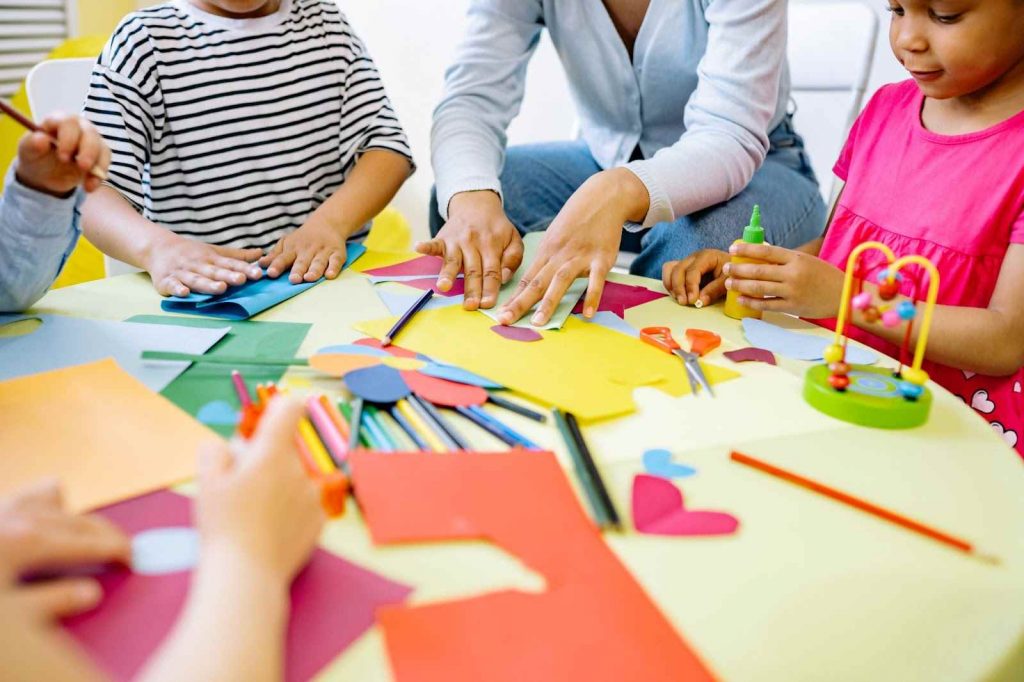
Creating art, like a collage from recycled materials, allows students to explore textures, color theory, and composition. This activity can be expanded to include discussions on how different cultures use art to express beliefs, emotions, and historical events. It also emphasizes the importance of recycling and reusing materials, fostering creativity and environmental consciousness.
If you’re looking for some mess-free options to keep your child engaged in creative activities, here are some art and creativity games that your kids can play. These games are not only fun but also help enhance their hand-eye coordination and fine motor skills:
Begin here
Related Reading: 10-Minute Best Crafts for Kids to Make at Home
4. Building and Construction Activities
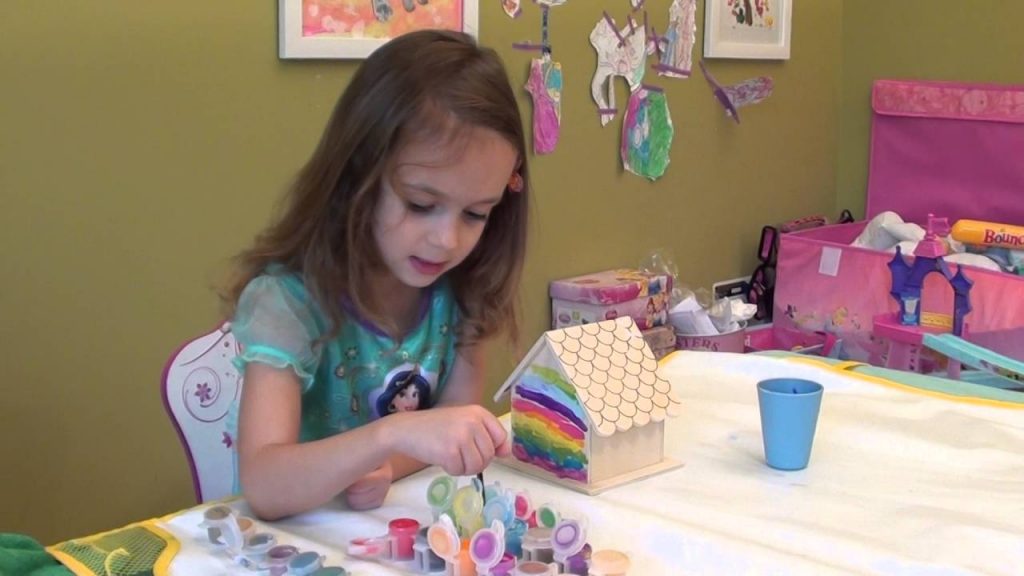
Constructing a model or a simple structure like a birdhouse introduces basic engineering and design principles. Students learn about the importance of stability, weight distribution, and aesthetics in construction. This hands-on activity enhances spatial awareness, problem-solving skills, and an understanding of how different components work together to create a stable structure.
5. Role-playing and Drama
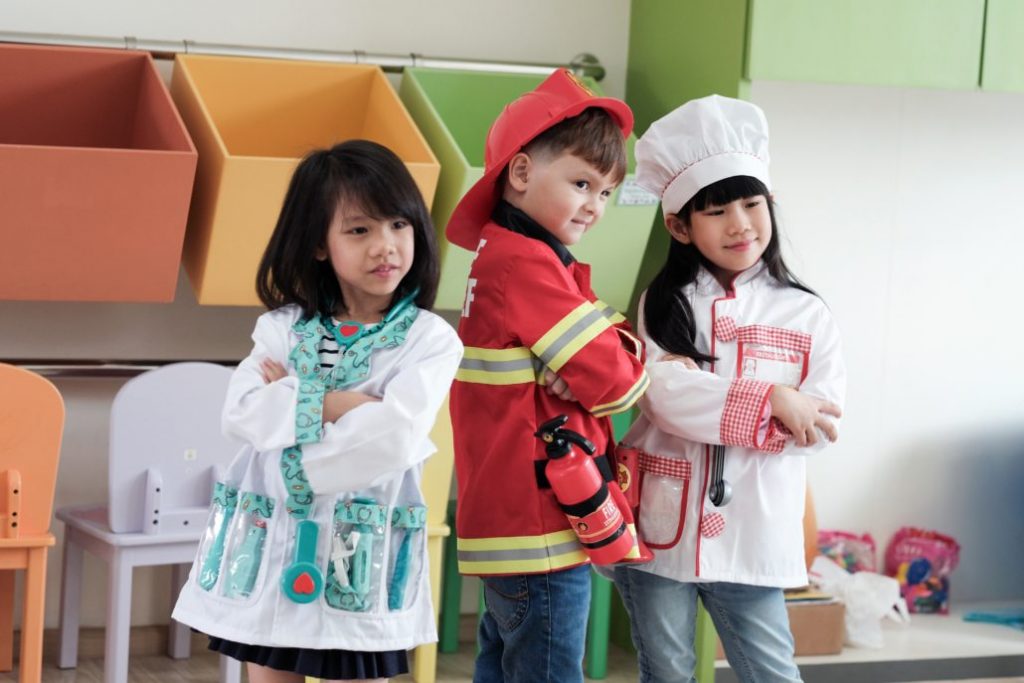
Participating in a play or drama based on historical events or stories allows students to explore various characters and perspectives. This activity fosters empathy, self-expression, and an understanding of different historical and cultural contexts. It also enhances communication skills and teamwork, as students work together to bring a story to life.
6. Community Service and Volunteering
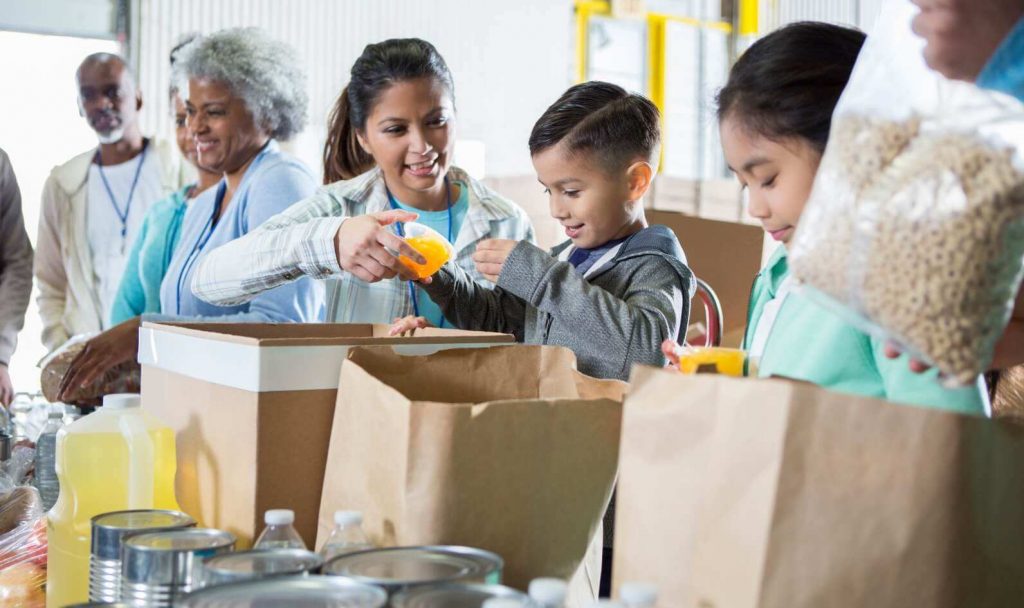
Engaging in community service, like neighborhood clean-ups or visiting local nursing homes, teaches the value of civic responsibility and the impact of volunteer work. Students learn about the needs within their community and the importance of contributing positively. This experience can instill a lifelong commitment to helping others and understanding societal issues.
7. Interactive Science Experiments
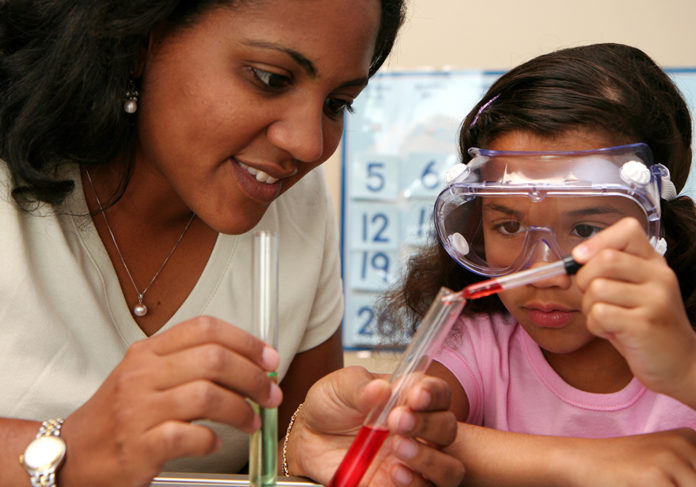
Conducting simple science experiments, such as creating a volcano or a solar oven, introduces basic concepts in chemistry and physics. Students explore scientific methods, hypothesis testing, and the excitement of hands-on learning. These activities can spark a deeper interest in science and an appreciation for how scientific principles manifest in everyday life.
Related Reading: Best Mindblowing Science Activities to Try With Your Preschoolers Today
8. Gardening Projects
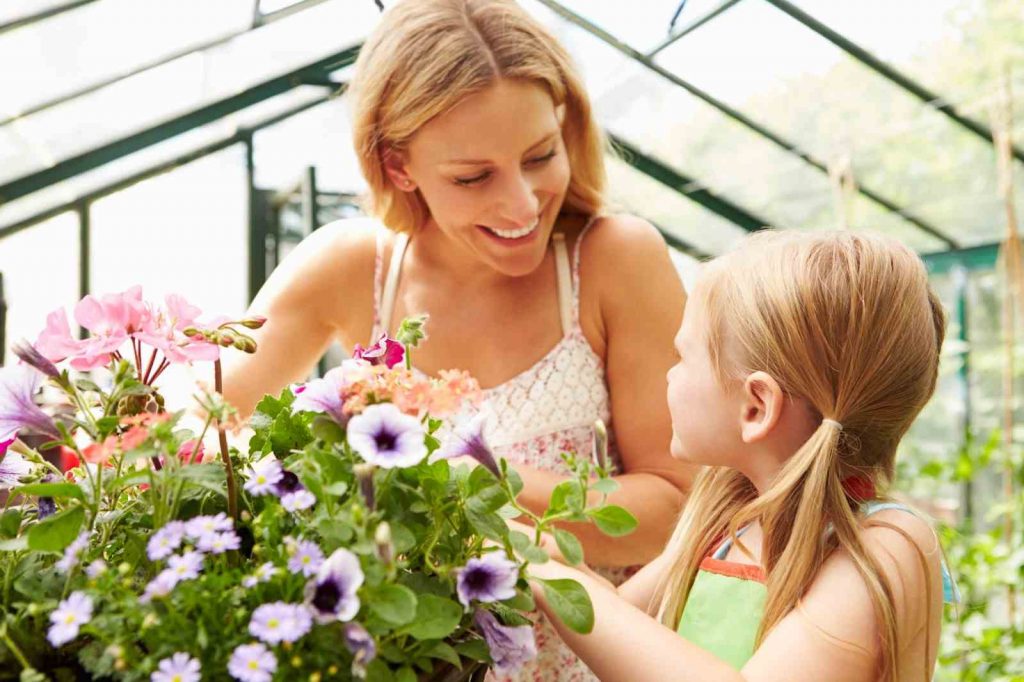
Growing plants, whether in a garden or a windowsill planter, teaches about the life cycles of plants and the essentials of water, sunlight, and soil quality. This activity encourages responsibility as students care for their plants, and they learn about the environmental conditions necessary for growth. Gardening can also be a peaceful, meditative activity, promoting mindfulness and patience.
Related Reading: How to Make Gardening With Children Fun and Educational
9. Money Management Exercises
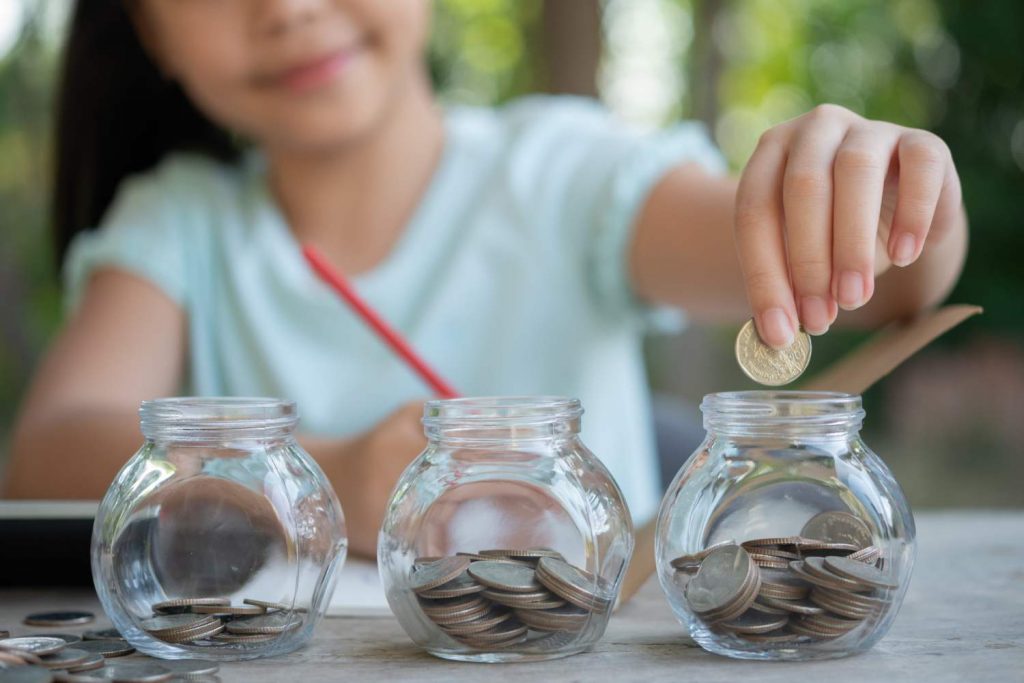
Planning a mock budget for a project or event teaches basic financial literacy, including spending, saving, and the concept of budgeting. Students learn to prioritize resources, understand the value of money, and the importance of financial planning. This practical skill is crucial for personal finance management in adult life.
Related Reading: Concept of Money – Definition With Examples
10. Historical Reenactments
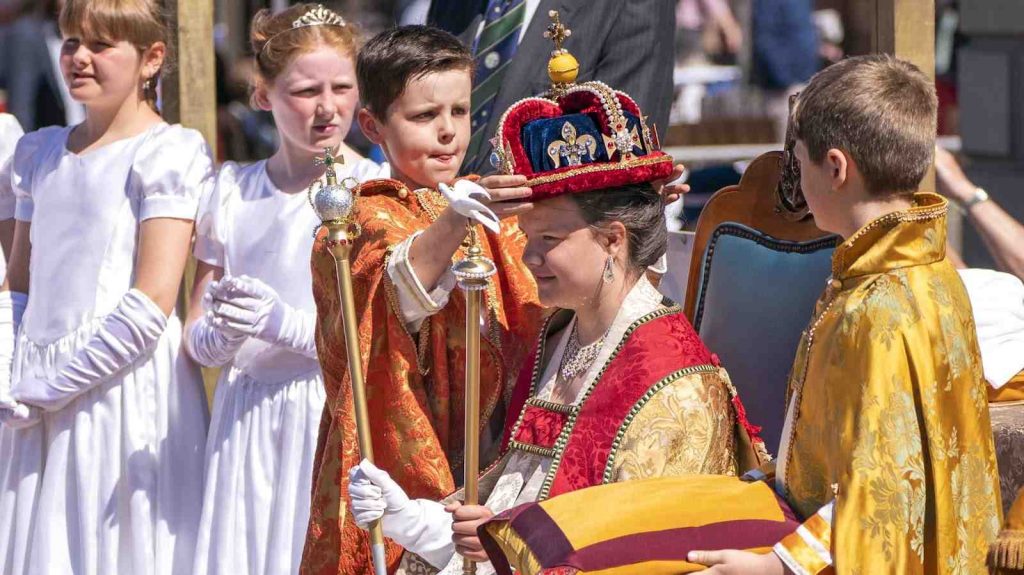
Reenacting historical events or portraying life in a different era helps students understand history in a dynamic way. It provides context to historical events, the lifestyle of people in the past, and the evolution of societies. This form of experiential learning makes history tangible and can foster a deeper appreciation for the lessons we learn from the past.
Each of these activities not only provides practical knowledge and skills but also encourages children to think critically, work collaboratively, and develop a deeper understanding of the world around them.
Related Reading: Best Active Learning Strategies for Kids
5 Benefits of Experiential Learning
Experiential learning offers unique advantages, especially for kids, by making learning more engaging and effective. Here’s how:
- Enhanced Retention and Understanding: Kids involved in experiential learning activities tend to grasp and retain concepts better. This hands-on approach, where they actively participate and observe, leads to a deeper understanding of the subject matter.
- Development of Critical Thinking and Problem-Solving Skills: Through real-world challenges, experiential learning encourages children to think critically and solve problems creatively. These skills are crucial for academic and life success.
- Improved Emotional and Social Intelligence: Experiential learning often involves group activities, helping children develop key social skills like empathy, teamwork, and communication. These experiences are vital for building emotional intelligence.
- Encouragement of Lifelong Learning and Curiosity: This learning method makes education exciting and relevant, sparking curiosity and a love for learning that can last a lifetime.
- Benefits in Early Childhood Development: For younger children, experiential learning supports the development of essential sensory and motor skills. It’s a holistic approach that nurtures not just academic abilities but also physical, emotional, and social growth.
In summary, experiential learning enriches a child’s education by making learning practical, enjoyable, and deeply impactful.
Conclusion
Experiential learning offers a dynamic and impactful way for kids to learn, grow, and explore the world around them. It’s about more than just textbooks and tests; it’s learning through real-life experiences, fostering a deeper understanding and a lasting curiosity. By incorporating activities like nature walks, science experiments, and arts and crafts, we can make learning an adventure that children look forward to. This approach equips them with essential life skills and ignites a passion for lifelong learning. So, let’s step beyond conventional methods and give our kids the gift of experiential learning – an endless journey of discovery and joy.
Frequently Asked Questions (FAQs)
What is the right age to start experiential learning for kids?
Experiential learning can begin at any age. Younger children, even toddlers, can benefit from hands-on activities tailored to their developmental stage.
How can experiential learning be applied in traditional classrooms?
Teachers can integrate experiential learning by including interactive projects, group work, and real-world problem-solving into their lesson plans.
Can experiential learning help children with different learning abilities?
Absolutely! Experiential learning can be adapted to suit various learning styles and needs, making it an inclusive approach that benefits all children.
Do parents need special tools or resources for experiential learning at home?
No special tools are required. Everyday items and real-life situations are often the best resources for experiential learning activities.
How does experiential learning impact a child's future academic and career success?
Experiential learning develops critical thinking, problem-solving, and creative skills, which are crucial for academic achievement and career success in any field.
What are some examples of experiential learning in the classroom?
Experiential learning in the classroom includes activities like field trips, role-playing, and project-based learning. These methods engage students actively, allowing them to apply theoretical knowledge in practical scenarios, enhancing understanding and retention.

















